Category: AI Architecture
-

How Context Engineering is Replacing Traditional RAG: The Enterprise Implementation Guide for Semantic Layers and Agentic AI
The enterprise AI landscape is experiencing a seismic shift. While most organizations are still implementing basic RAG systems, forward-thinking enterprises are already moving beyond traditional retrieval-augmented generation to embrace context engineering—a paradigm that’s reshaping how AI systems interact with enterprise data. Consider this scenario: A financial services company deploys an AI assistant to handle customer…
-
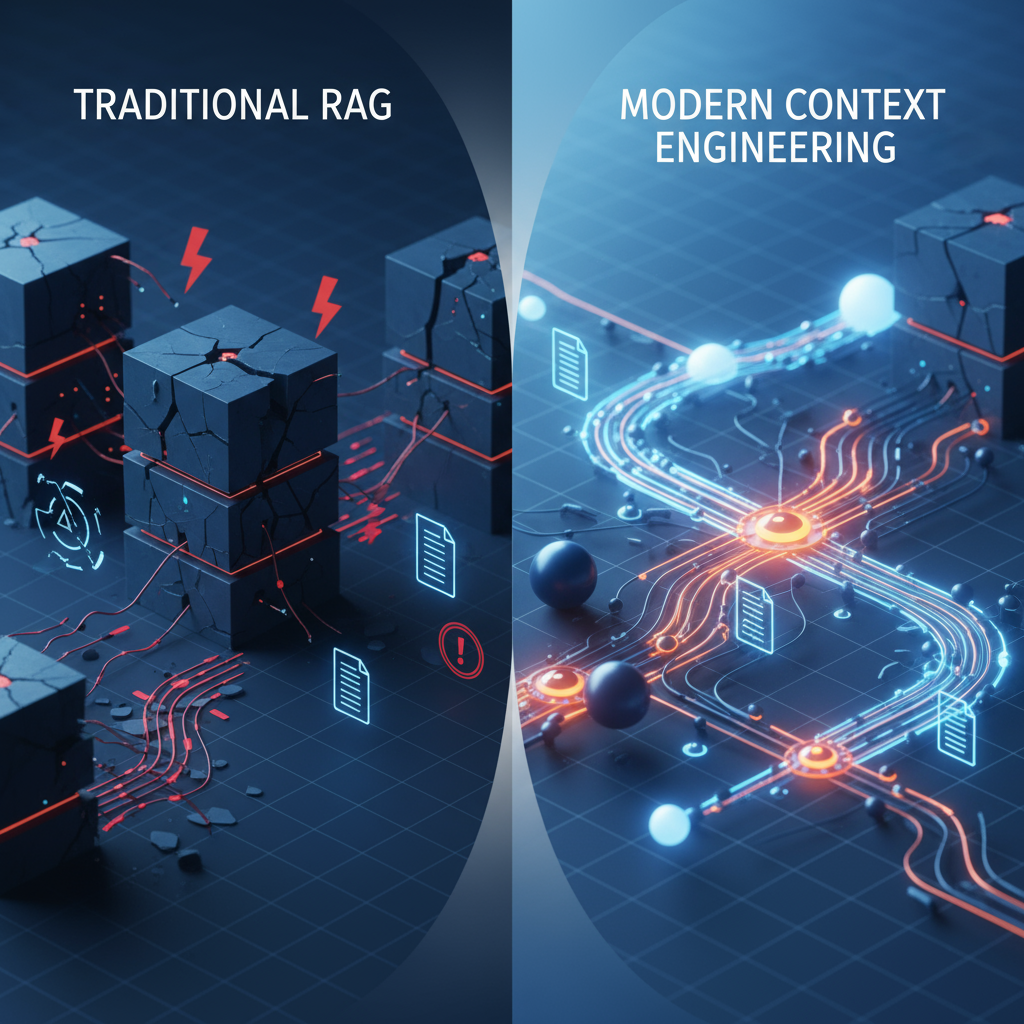
Context Engineering: The Enterprise Framework That’s Replacing Traditional RAG
Enterprise AI implementations are failing at an alarming rate. According to S&P Global Market Intelligence, 42% of companies abandoned most AI initiatives in 2025 — up from just 17% in 2024. The culprit? Traditional RAG systems that can’t handle the complexity of enterprise data and workflows. But there’s a new approach emerging that’s changing everything:…
-
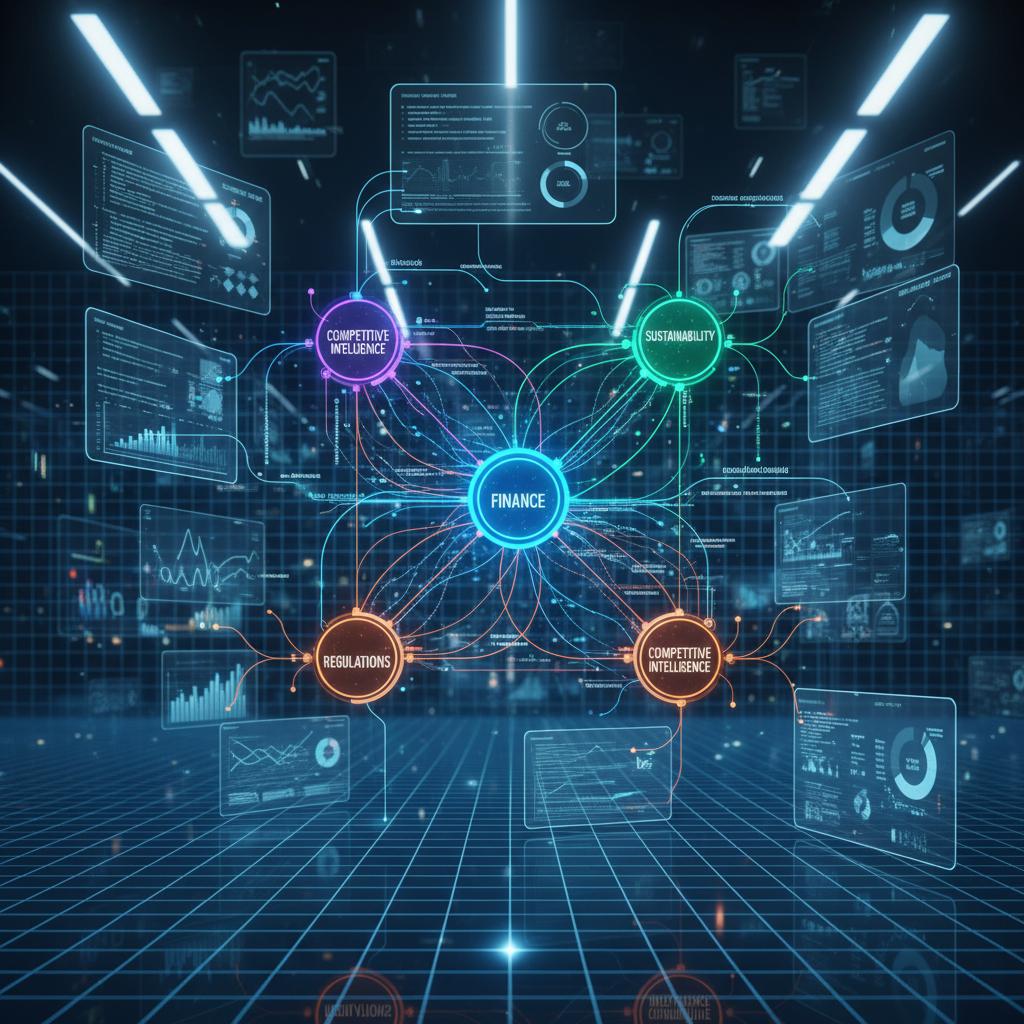
How to Build Multi-Agent RAG Orchestration Systems: The Complete Enterprise Framework
Picture this: Your enterprise AI system receives a complex query about “quarterly revenue trends for sustainable packaging products in the European market, including regulatory compliance requirements and competitor analysis.” A traditional RAG system would struggle to coordinate the multiple data sources, analytical steps, and specialized knowledge domains required. But what if your RAG system could…
-
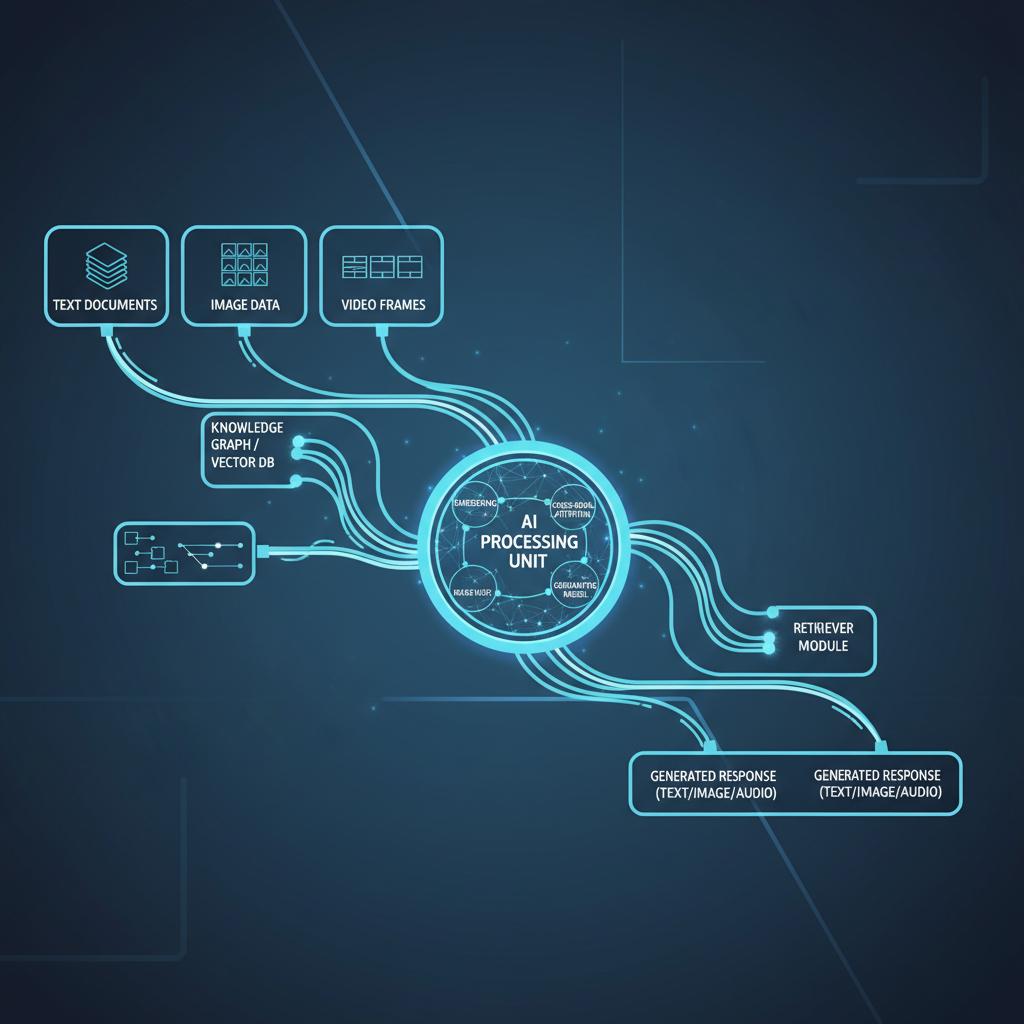
How to Build Multi-Modal RAG Systems: Integrating Text, Images, and Audio for Enterprise AI
Enterprise AI is evolving beyond text-only interactions. While traditional RAG systems excel at retrieving and generating text-based responses, today’s organizations need AI that can understand and work with multiple data types simultaneously. Multi-modal RAG systems represent the next frontier in enterprise AI, enabling organizations to leverage their complete data ecosystem—from documents and images to audio…
-

How to Build Production-Ready RAG Systems with Amazon Bedrock: The Complete Enterprise Multi-Model Guide
Enterprise organizations are drowning in unstructured data while their AI systems struggle to provide accurate, contextual responses. A Fortune 500 financial services company recently discovered that their customer service chatbot was providing outdated policy information 40% of the time, leading to compliance violations and customer frustration. The culprit? A fragmented RAG system that couldn’t handle…
-
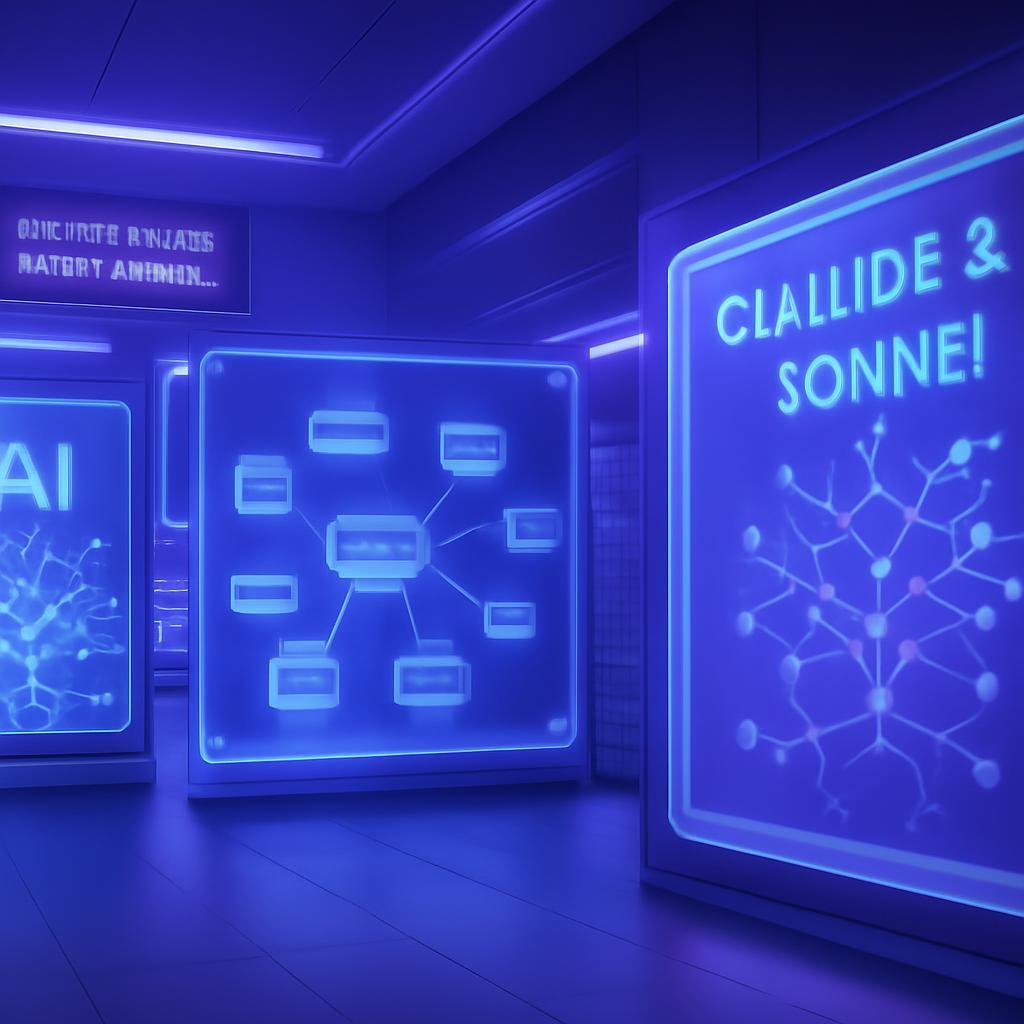
How to Build Production-Ready RAG Systems with Anthropic’s Claude 3.5 Sonnet: The Complete Enterprise Architecture Guide
When OpenAI’s ChatGPT sparked the generative AI revolution, enterprises rushed to implement RAG systems with whatever models were available. Fast-forward two years, and most of these implementations are struggling with accuracy, hallucinations, and scalability issues. The problem isn’t RAG itself—it’s that most organizations built their systems around models that weren’t designed for enterprise-grade retrieval tasks.…
-
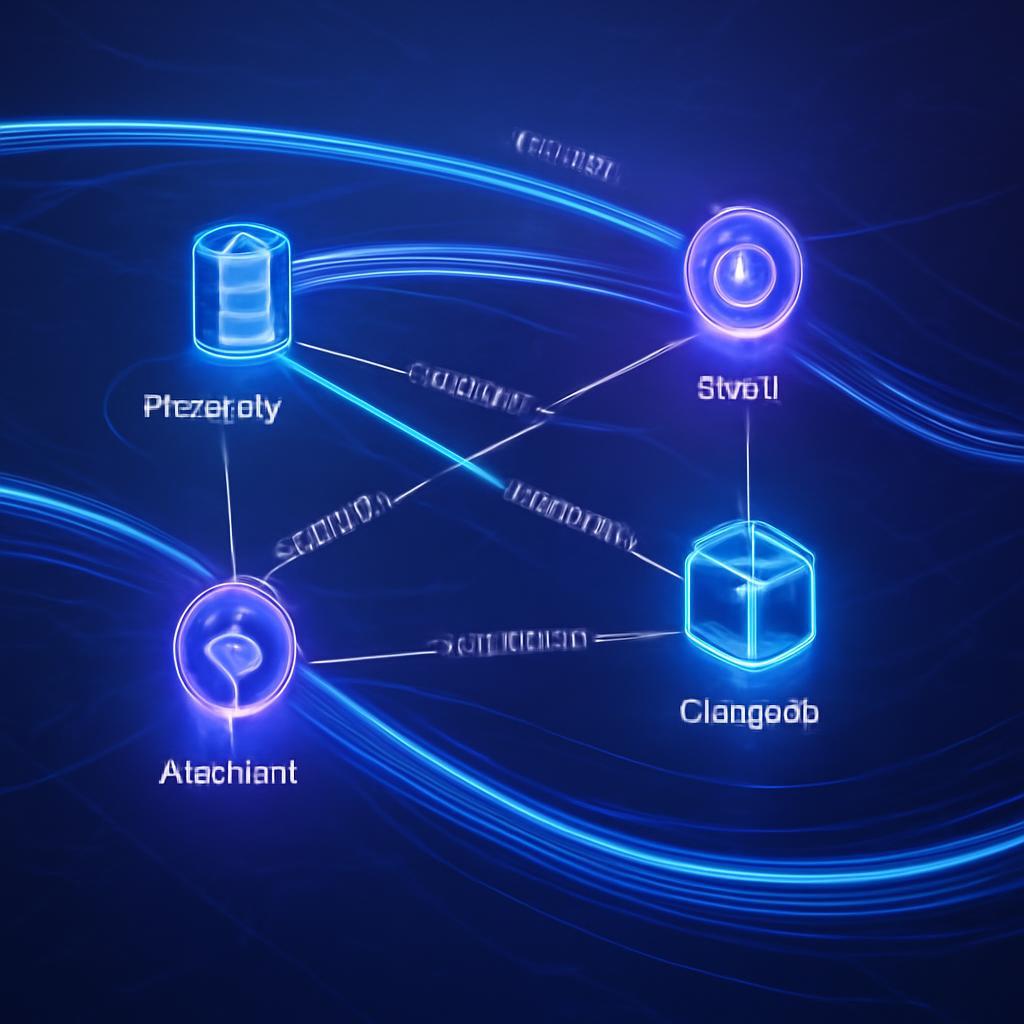
How to Build Graph-Enhanced RAG Systems with LangGraph: The Complete Multi-Hop Reasoning Guide for Enterprise Knowledge Discovery
Picture this: Your enterprise RAG system confidently returns an answer about quarterly revenue projections, but it’s based on outdated data from three different departments that were never properly connected. The user trusts the response, makes a critical business decision, and only discovers the error when it’s too late. This scenario plays out in organizations worldwide…
-

How to Build a Multi-Agent RAG System with CrewAI: The Complete Production Implementation Guide
Enterprise AI teams are hitting a wall with traditional RAG systems. While single-agent retrieval works for simple question-answering, complex business scenarios demand something more sophisticated. What happens when you need to analyze financial reports, cross-reference legal documents, and generate executive summaries—all in a single workflow? The answer lies in multi-agent RAG architectures, and CrewAI has…
-

How to Build a Self-Healing RAG System with LangGraph’s New StateGraph Architecture: The Complete Production Guide
Enterprise AI systems fail when they can’t adapt to changing data patterns, evolving user queries, and dynamic business requirements. Traditional RAG systems, while powerful for basic retrieval tasks, struggle with these real-world complexities. They break down when faced with ambiguous queries, conflicting information sources, or the need to reason across multiple documents simultaneously. The solution…
-

How to Build Multi-Agent RAG Systems with LangGraph and CrewAI: The Complete Enterprise Architecture Guide
Enterprise AI teams face challenges with traditional Retrieval-Augmented Generation (RAG) systems, which struggle with complex, multi-step workflows requiring reasoning across multiple data sources and AI capabilities. Multi-agent RAG systems, leveraging frameworks like LangGraph and CrewAI, provide an architectural solution that coordinates specialized agents to handle these intricate tasks effectively. This comprehensive guide covers how to…
-

The Multi-Agent RAG Revolution: How Compound AI Systems Are Replacing Single-Model Solutions
Picture this: You’re sitting in a boardroom where the CTO just announced that your company’s AI assistant—the one that cost $2 million to build—can’t answer basic questions about your own product documentation. Sound familiar? You’re not alone. Despite the AI hype cycle reaching fever pitch, enterprise AI implementations continue to struggle with a fundamental flaw:…
-

Building Production-Ready Multi-Agent RAG Systems: The Enterprise Implementation Guide
The enterprise AI landscape is experiencing a seismic shift. While most organizations have experimented with basic RAG implementations, the real challenge lies in scaling these systems for production environments where multiple AI agents must work together seamlessly. Recent developments in multi-agent architectures are fundamentally changing how enterprises approach retrieval-augmented generation, moving beyond simple question-answering systems…
-
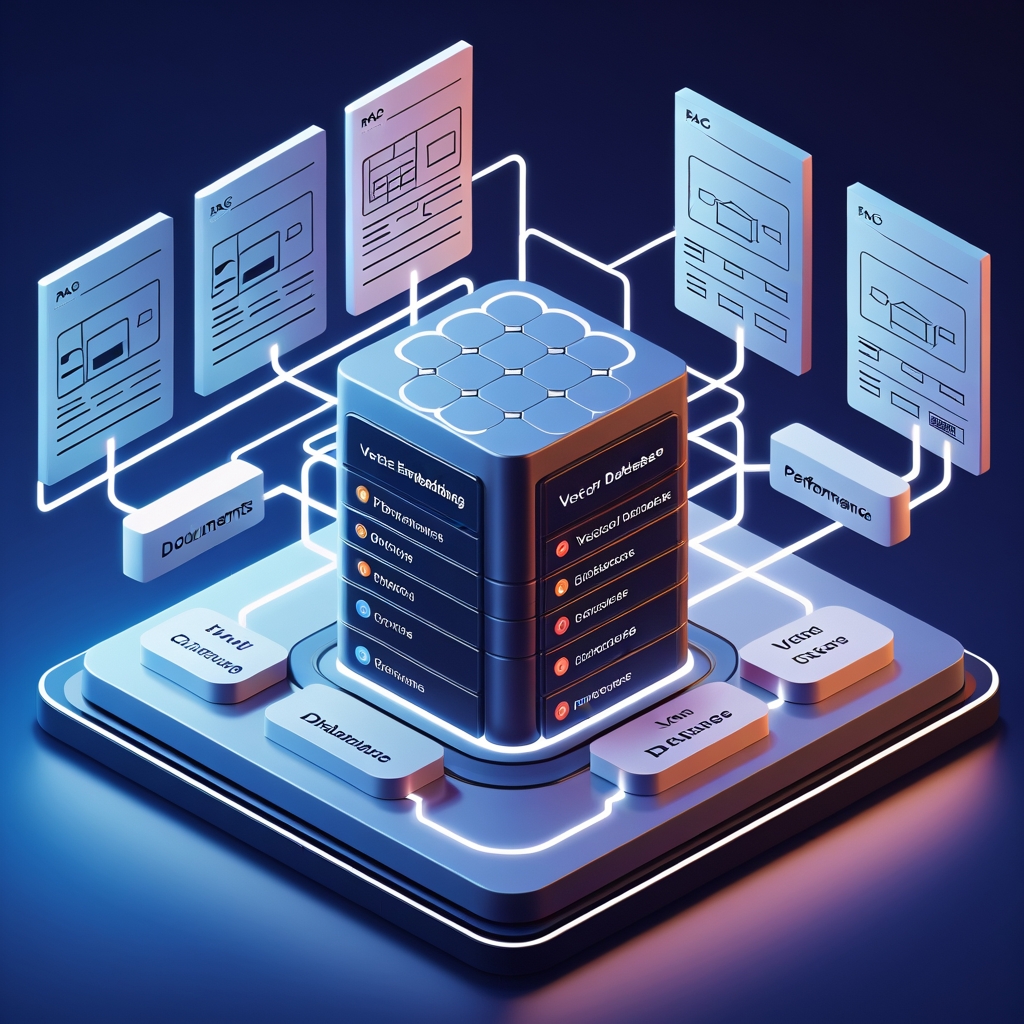
Architecting for Scale: Evaluating Vector Database Options for Production RAG Systems
Introduction As Retrieval Augmented Generation (RAG) systems transition from experimental projects to production environments, the choice of vector database becomes increasingly critical. Vector databases serve as the foundation for RAG architectures, storing and retrieving the embeddings that enable AI systems to access relevant context for generating accurate, grounded responses. In this post, we’ll compare four…
